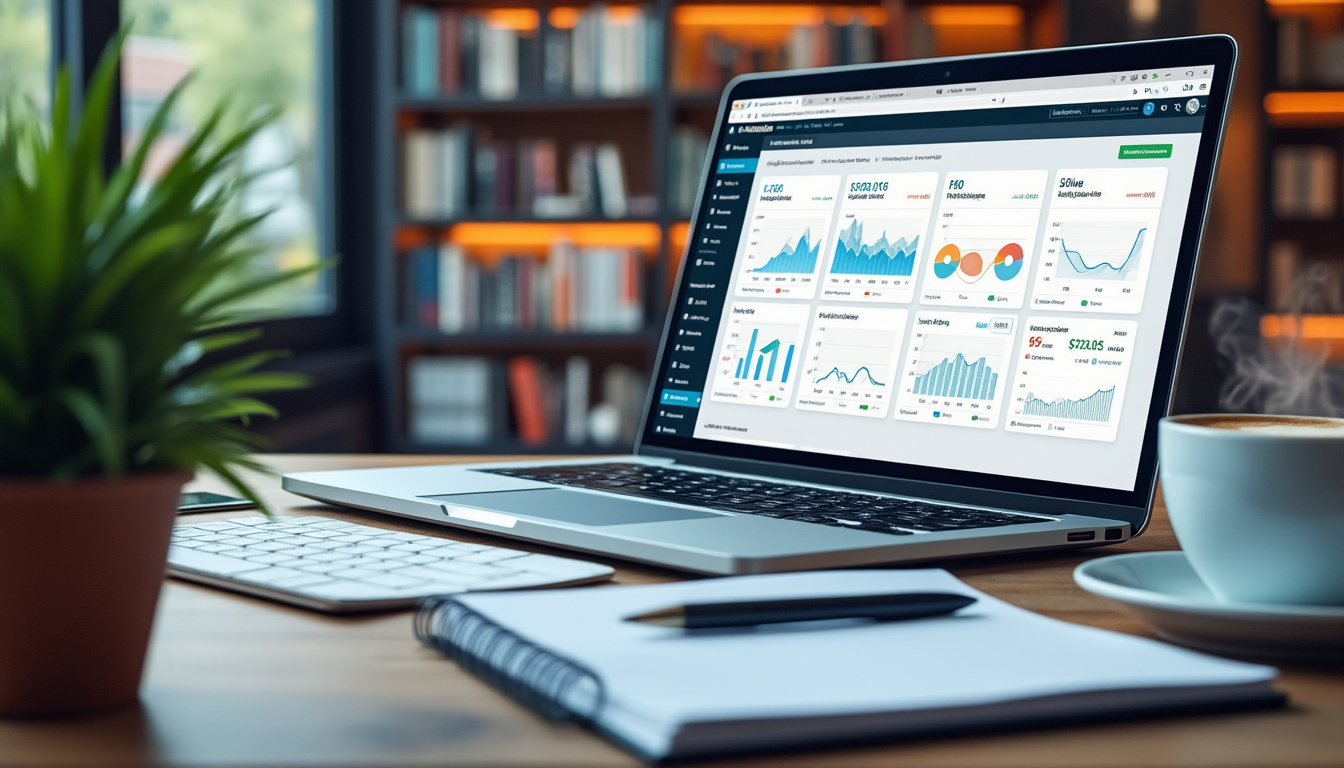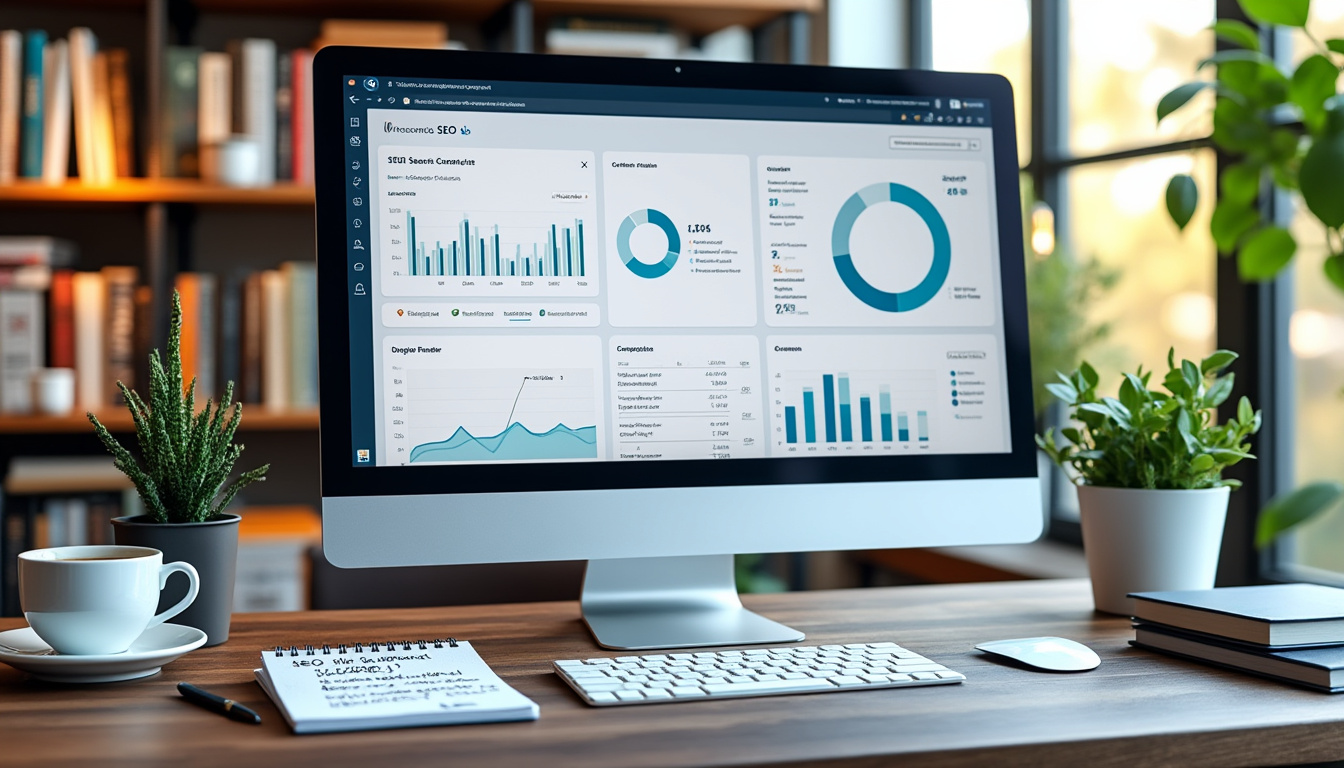Building effective links is a cornerstone of search engine optimization (SEO) for any website, particularly for WordPress sites. Understanding how to implement
strategies like internal linking, utilizing social media platforms, and leveraging tools like Ahrefs and SEMrush can significantly enhance a site’s visibility. Leveraging high-quality backlinks through outreach, and maintaining an adaptable content strategy is essential. Exploring various methods, from guest blogging to content partnerships, provides a comprehensive approach to link building that can bring lasting benefits to a WordPress site.
Understanding the Importance of Link Building
Link building is integral to enhancing a website’s SEO. Search engines, notably Google, prioritize the quality and quantity of links leading to a page. Websites with robust link profiles tend to rank higher, a fact established by numerous studies on SEO. This reality makes it crucial for webmasters to focus on acquiring links through various strategies.
The Role of Backlinks in SEO
Backlinks act as votes of confidence from one site to another. A site cited by multiple authoritative sources, such as major publications or industry leaders, significantly increases its credibility. By fostering these backlinks, WordPress sites can enhance their authority, thereby improving their search rankings. Tools like Majestic and BuzzSumo help track these valuable links and monitor their effectiveness over time.
Effective Outreach Strategies
Outreach remains one of the premier link-building strategies. Crafting personalized emails to potential link partners allows webmasters to explain the value of their content and why a backlink exchange might be beneficial. Platforms like Linkody and LinkResearchTools help identify potential outreach targets, giving users a starting point for their campaigns.
Utilizing Internal Linking to Enhance SEO
Internal linking is often an underestimated tactic within a link-building strategy. By connecting different pages within a WordPress website, webmasters can distribute link equity and create a better navigation experience for users. Proper internal linking can improve the crawlability of the site while also increasing the time users spend on the site, factors that can indirectly boost rankings.
Best Practices for Internal Linking
When it comes to internal linking, there are specific best practices that should be considered. Using relevant anchor text is crucial; it provides context about the linked page. Additionally, limiting the number of internal links on a single page can prevent dilution of link equity. Utilizing plugins like Yoast can assist in managing internal links effectively by suggesting relevant links as content is created.
Prioritizing User Experience with Internal Links
The ultimate goal of internal linking is to provide a seamless user experience. When content connects logically, users are more likely to explore multiple pages, decreasing the bounce rate and increasing engagement. This behavior sends positive signals to search engines, promoting higher rankings over time. Monitoring user behavior through tools like Google Search Console is necessary to assess the effectiveness of internal links.
Leveraging Social Media and Content Marketing
Social media platforms are powerful tools for link building that should not be overlooked. Engaging audiences on sites like Facebook, Instagram, and Twitter encourages shares and natural backlinks from diverse sources. The integration of social media strategies with content marketing amplifies the reach of content, fostering more opportunities for backlinks.
Creating Shareable Content
To succeed in link building through social media, creating highly shareable content is essential. Infographics, engaging blogs, and videos often lead to higher engagement rates. Utilizing platforms like SEMrush and Ahrefs can help identify trending topics that resonate with the target audience, making it easier to create relevant content that garners links.
Building Relationships through Social Engagement
Engaging with followers and building relationships within social media communities can lead to increased link opportunities. By actively participating in conversations and sharing insights, webmasters can position themselves as experts in their fields, organically attracting backlinks. Additionally, platforms like Sitechecker help evaluate how social engagement influences link-building strategies.
Measuring the Success of Link-Building Efforts
Regular evaluation of link-building efforts is crucial to understanding what strategies are working. Tools like Google Analytics and Ahrefs can provide insights into traffic sources and backlink profiles, helping webmasters pinpoint which tactics lead to the best results. By continuously analyzing these metrics, strategies can be adjusted for optimal effectiveness.
| Tool | Function | Best For |
|---|---|---|
| Google Analytics | Monitor traffic sources and user behavior | Overall SEO evaluation |
| Ahrefs | Assess backlink profile | Backlink analysis |
| SEMrush | Evaluate keyword rankings | Keyword research |
| BuzzSumo | Identify trending content ideas | Content marketing |
Key Performance Indicators (KPIs) for Link Building
Establishing relevant KPIs is essential for assessing the success of link-building efforts. Metrics to focus on include the number of backlinks acquired, referring domains, and changes in page rankings. Furthermore, assessing user engagement metrics like bounce rates and time on page can provide additional context regarding the effectiveness of the link-building strategy.
Adapting Strategies for Continuous Improvement
Link-building is not a one-time effort; rather, it requires continuous adaptation to changing trends within the industry. Regularly revisiting strategies and experimenting with new methods can keep a WordPress site competitive in its search rankings. Embracing tools such as LinkResearchTools can uncover new link opportunities and help refine existing strategies for sustained success.








